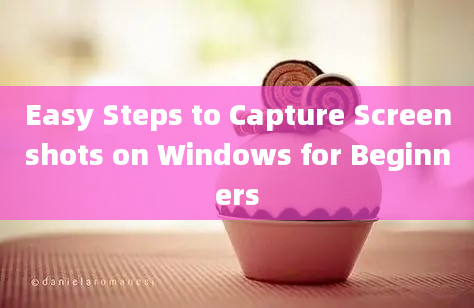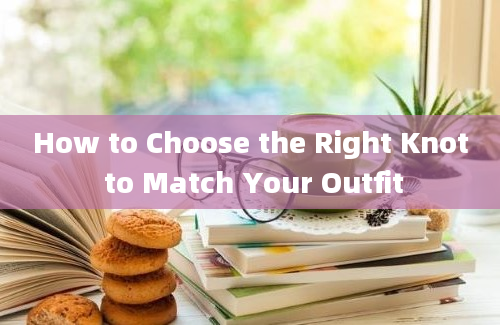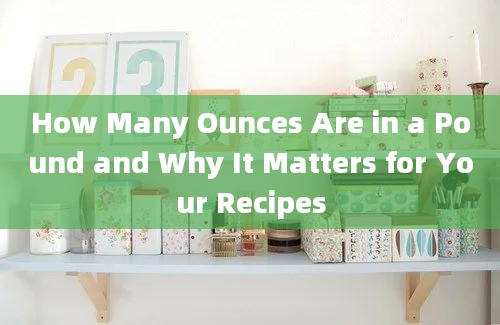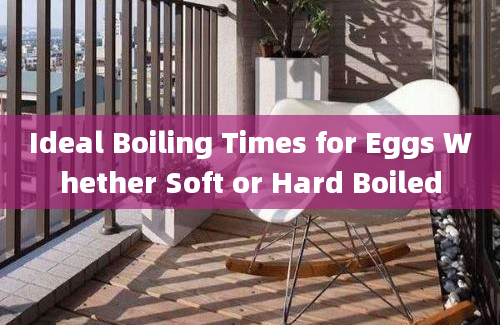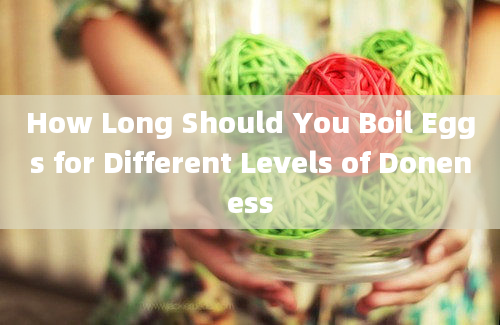Understanding the Conversion Between Cups and Quarts for Cooking and Baking
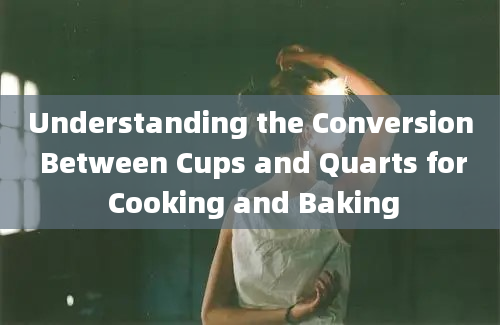
Accurate measurements are crucial in cooking and baking to ensure the desired outcome of your recipes. One common conversion that often confuses home cooks and bakers is the relationship between cups and quarts. Understanding this conversion can make a significant difference in the consistency and quality of your dishes. This article delves into the details of converting cups to quarts and vice versa, providing you with the necessary knowledge to master your culinary skills.
What is a Cup?
A cup is a unit of volume measurement commonly used in cooking and baking. In the United States, one cup is equivalent to 8 fluid ounces or approximately 236.59 milliliters. Cups are often used for measuring both liquid and dry ingredients.
What is a Quart?
A quart is another unit of volume measurement, larger than a cup. In the U.S. customary system, one quart is equal to 32 fluid ounces or approximately 946.35 milliliters. Quarts are typically used for larger quantities of liquid ingredients but can also be used for dry ingredients.
The Conversion Ratio
The conversion between cups and quarts is straightforward. According to the United States Department of Agriculture (USDA), there are 4 cups in 1 quart. This ratio is consistent for both liquid and dry measurements.
1 Quart = 4 Cups
1 Cup = 1/4 Quart
Why is this Conversion Important?
Precision in measurement is vital in cooking and baking. For instance, too much or too little of an ingredient can alter the texture, flavor, and overall outcome of a recipe. Understanding the conversion between cups and quarts helps you scale recipes up or down accurately.
Practical Applications
1. Scaling Recipes: When doubling or halving a recipe, knowing the conversion between cups and quarts can simplify the process.
2. Ingredient Substitution: Sometimes, you might need to substitute an ingredient measured in cups with one measured in quarts. Accurate conversion ensures the recipe remains balanced.
3. Baking Science: Baking is a science where precise measurements are crucial. Incorrect conversions can lead to failed baked goods.
Tools for Accurate Measurement
Measuring Cups and Spoons: Use standard measuring cups and spoons for accuracy.
Kitchen Scales: For even more precision, especially with dry ingredients, a kitchen scale can be invaluable.
Conversion Charts: Keep a conversion chart handy in your kitchen for quick reference.
Sources
For more detailed information on measurements and conversions, you can refer to authoritative sources such as:
United States Department of Agriculture (USDA): [USDA Guidelines on Measurements](https://www.usda.gov)
National Institute of Standards and Technology (NIST): [NIST Guide to Weights and Measures](https://www.nist.gov)
Frequently Asked Questions (FAQs)
Q1: How many cups are in a quart?
A1: There are 4 cups in 1 quart. This conversion is consistent for both liquid and dry measurements.
Q2: How do you convert cups to quarts?
A2: To convert cups to quarts, divide the number of cups by 4. For example, 8 cups divided by 4 equals 2 quarts.
Q3: Can you use the same conversion for liquid and dry ingredients?
A3: Yes, the conversion of 4 cups to 1 quart applies to both liquid and dry ingredients.
Q4: Why is accurate measurement important in baking?
A4: Accurate measurement is crucial in baking because it ensures the correct ratio of ingredients, which affects the texture, flavor, and overall outcome of the baked goods.
Q5: What tools can help with accurate measurement?
A5: Measuring cups and spoons, kitchen scales, and conversion charts are essential tools for accurate measurement in cooking and baking.
Q6: How many quarts are in a gallon?
A6: There are 4 quarts in 1 gallon.
Q7: How can I remember the conversion between cups and quarts?
A7: A helpful mnemonic is "4 cups in a quart, 4 quarts in a gallon," which can make it easier to remember the basic conversions.
Q8: Is it better to measure by weight or volume?
A8: Measuring by weight is generally more accurate, especially for dry ingredients, as it accounts for variations in density. However, volume measurements are commonly used and can be sufficiently accurate with the right tools.
Q9: Can I use metric measurements instead of cups and quarts?
A9: Yes, you can use metric measurements. For instance, 1 cup is approximately 236.59 milliliters, and 1 quart is approximately 946.35 milliliters. Conversion charts can help with these conversions.
Q10: Where can I find reliable conversion charts?
A10: Reliable conversion charts can be found on authoritative websites such as the USDA ([USDA Guidelines on Measurements](https://www.usda.gov)) and NIST ([NIST Guide to Weights and Measures](https://www.nist.gov)).
Understanding the conversion between cups and quarts is a fundamental skill in cooking and baking. With precise measurements, you can ensure that your recipes turn out perfectly every time.


